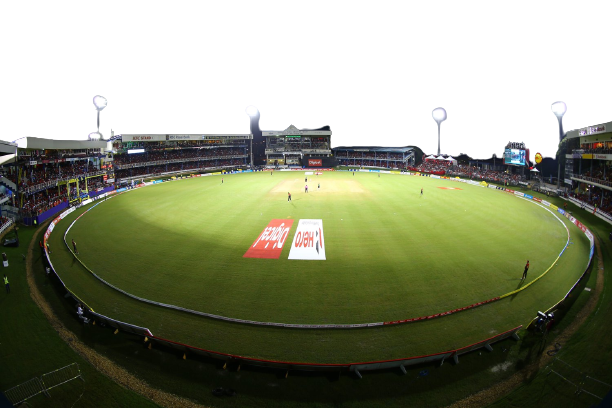Queen's Park Oval

Queen’s Park Oval is generally thought of as the most picturesque of the old grounds in the West Indies. It is also the largest, accommodating 25,000 spectators in comfort. Home of the Queen’s Park Cricket Club (QPCC) since 1896, it hosted the English teams touring the West Indies early in 1897 one under Lord Hawke, the other under Arthur Priestley. The capacity of the ground has made it most profitable (holding at least 7000 more than any other ground in the West Indies). The pavilion was erected in 1896 and by and large, remained unchanged until 1952 when it was replaced by a two-tiered structure. Natural turf was used in the early years for matches. However, damage cased by the mole-cricket in the soil rendered it impossible to prepare turf pitches. For forty years thereafter, a clay strip was used, over which matting was laid. The final Test played on matting was in 1954 when West Indies scored 681 for 8 and England 537 in reply. Within three months, the pitch had been removed and efforts were underway to replace the centre square with turf.
Queen’s Park has been described as a classic ground with breathtaking backdrops, most notably, the northern hills. No section of the crowd captures the spirit of Trinidad than the ‘Concrete Stand’, renamed the Learie Constantine Stand. The fans are avid followers of the game, excitable and generally enjoy their cricket, led by a character affectionately known as ‘Blue Food’.
While it has witnessed some dramatic performances by West Indies – it was here that England were blown away for 46 in 1994-95 – it has also staged some lows. In 1967-68 Garry Sobers’s generous declaration allowed England to win by seven wickets, and in doing so level the series, while in 1976-77 India scored a then record 406 for 4 to beat Clive Lloyd’s side.
Like most grounds in the region, it underwent a facelift ahead of the 2007 World Cup.
Cricinfo staff
Matches in Queen's Park Oval
- Bangladesh vs Bermuda, 24th Match 2007
- India vs Sri Lanka, 20th Match 2007
- Bangladesh vs Sri Lanka, 16th Match 2007
- Bermuda vs India, 12th Match 2007
- Bangladesh vs India, 8th Match 2007
- Bermuda vs Sri Lanka, 4th Match 2007



